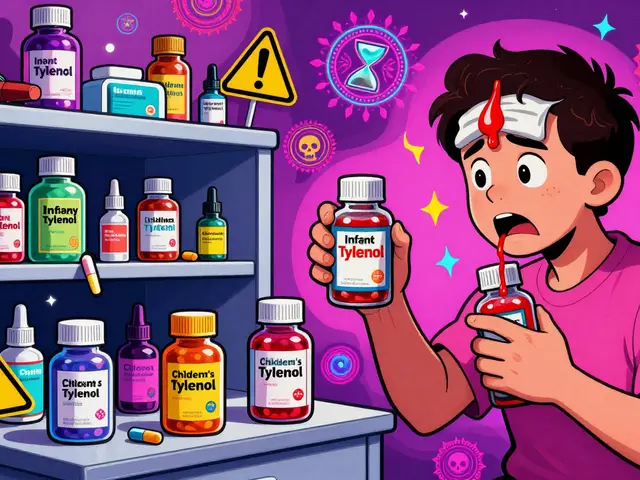Bacterial infection treatment: what actually helps and what to avoid
Bacterial infections are common, but the right treatment depends on where the infection is and how severe it is. Want quick, useful guidance without medical jargon? Read on. This page pulls together practical steps—from deciding if you need antibiotics to safer ways to get them and how to avoid problems like resistance.
When you need antibiotics (and when you don’t)
Antibiotics kill or stop bacteria, so they work for true bacterial infections: urinary tract infections (UTIs), strep throat, some skin infections, and certain lung infections. They don’t work for viruses like colds, most sore throats, or the flu. If symptoms are mild—low fever, runny nose, cough without shortness of breath—wait and watch or talk to a clinician before asking for antibiotics.
See a doctor right away if you have a high fever, fast breathing, severe pain, spreading redness on the skin, confusion, or signs of dehydration. For babies, elderly people, or anyone with a weakened immune system, get medical advice quickly—these groups can get sicker fast.
Choosing the right antibiotic and using it safely
Doctors pick antibiotics based on where the infection is, local resistance patterns, allergies, and other meds you take. Common options include nitrofurantoin or trimethoprim-sulfamethoxazole (Bactrim) for many UTIs, certain penicillins or cephalosporins for strep and some skin infections. Take antibiotics exactly as prescribed: same dose, same times, and for the full course unless the doctor says stop. Stopping early can let bacteria survive and become resistant.
Allergies matter. If you’ve had a serious reaction to penicillin or sulfa drugs, tell your provider—there are alternatives. Watch for side effects: rashes, severe diarrhea, or any new breathing trouble. If that happens, stop the drug and seek care right away.
Online pharmacies can be convenient, but use them carefully. Choose licensed pharmacies, require a prescription, and check reviews. Our site links to guides about buying meds like Bactrim safely online—read those before ordering.
Resistance is real. Using antibiotics when not needed, skipping doses, or getting leftover pills contributes to resistant bacteria. That makes infections harder to treat later. Simple steps help: follow your prescription, don’t share antibiotics, and avoid pressuring clinicians for pills when they aren’t indicated.
Supportive care helps recovery: rest, fluids, pain relief (acetaminophen or ibuprofen unless advised otherwise), and wound care for skin infections. For some localized infections, topical antibiotics or drainage by a clinician are better than oral antibiotics alone.
If you’re pregnant, breastfeeding, or on other medications, double-check with a prescriber before taking antibiotics. Some drugs aren’t safe in pregnancy or can affect other medicines.
Want more detail on specific drugs, safe online buying, or alternatives? Browse related articles on this tag—like our Bactrim buying guide and tips on safe online pharmacies—to get straight answers and practical next steps.
Understanding the difference between Norfloxacin and Ciprofloxacin
Ever found yourself confused between Norfloxacin and Ciprofloxacin? I've been there, too! It turns out, while both are effective antibiotics used to treat bacterial infections, they do have some key differences. Join me as we dive into the specifics of these two fluoroquinolones, exploring their uses, side effects, and how they work. I'm excited to share my findings and help clear up any confusion about these commonly prescribed medications.





